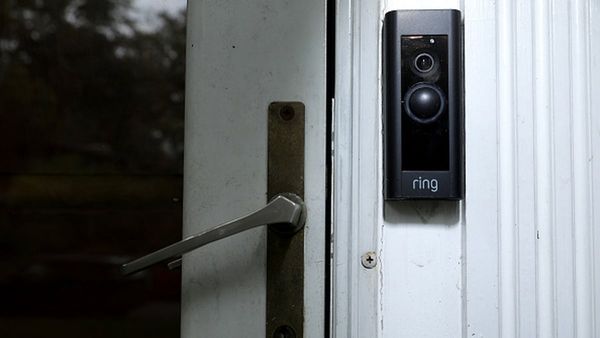
Ever since the release of Windows 11, if you're a PC gamer, you've definitely heard the term "Secure Boot." It's required to play a myriad of different games these days — mainly competitive shooters — and serves as one part of the two-punch security knockout consisting of TPM and Secure Boot. These features help keep your system protected from bad actors, and now Valve has just made it super convenient to check whether you're ahead of the curve. In the latest Steam beta, you can easily see your Secure Boot status in the settings.
If you open Steam and go to "Help" in the menu bar and click on "System Information," you'll be bombarded with a bunch of stats about your PC. Just scroll down till you see the "Operating System" heading, and you should see a list item for Secure Boot, telling you if it's enabled. This makes it easier for gamers who get inundated with information to ensure they're not excluded. While you're there, you'll see your TPM status as well, which is the other big security feature of Windows 11 and a requirement for (official) compatibility with the OS.

TPM stands for Trusted Platform Module, and it's a little hardware block that's cordoned off from the rest of the system because it houses ultra-sensitive cryptographic keys. It works hand-in-hand with Secure Boot to check if anything has changed since the last known good boot. It does that by recording hashes at each stage of every boot run to tally against, which is just one secret, along with many others (like BitLocker encryption keys) that are stored away in this chip. TPM is a requirement in most modern online games, just like Secure Boot.
Secure Boot works to ensure that only trusted, signed software runs when your PC starts, in an effort to sift out any shady programs. It's a kernel-level security feature, so it enjoys the highest level of privilege on your system — something that its critics often point toward as a vulnerability. Secure Boot, in essence, is a novel concept and is designed to do what it says: make your boot secure, but sometimes the amount of access it has can raise questions.

That's because most anti-cheat software is reliant on Secure Boot as it's essentially responsible for creating a safe space for the anti-cheat right as your system is starting, from where on out the anti-cheat can catch any exploits or malicious code itself. This can get really territorial, as recently seen with EA's Javelin in Battlefield 6. Without Secure Boot (and often TPM), some games won't even launch, so it's important to enable it if you see it turned off in Steam. To do so, you need to head over to your BIOS; check your motherboard manufacturer's guides for more info.
Follow Tom's Hardware on Google News, or add us as a preferred source, to get our up-to-date news, analysis, and reviews in your feeds. Make sure to click the Follow button!







